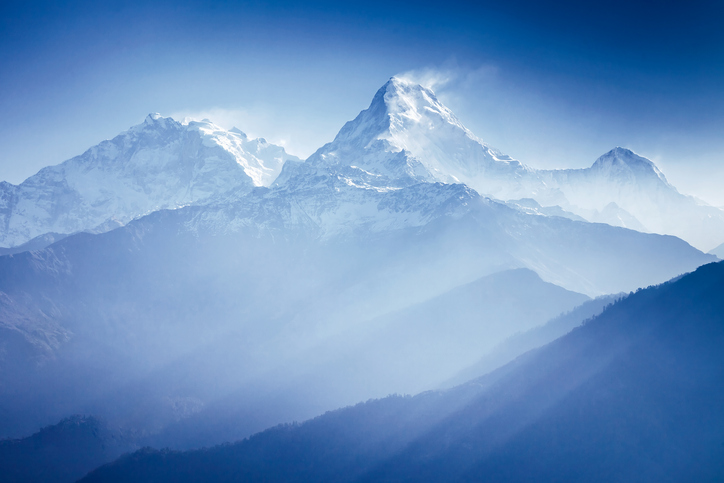
Nepalese climbers are preparing to undertake the most complex recovery mission ever to be attempted on Mount Everest – in a bid to retrieve the body of Ravi Kumar.
The 27-year-old Kumar went missing on Saturday after reaching the summit of Mount Everest. It is reported that he became too weak to walk during the descent, and his guide went on alone at around 8pm, leaving Kumar with oxygen and heading back down the mountain to alert authorities and launch a rescue party.
The body of the Indian climber was discovered on Monday in a 200ft crevasse at 27,500ft; an area tellingly known as “the death zone” due to the severity of the oxygen levels.
Kumar was one of four people to die on the mountain that weekend.

